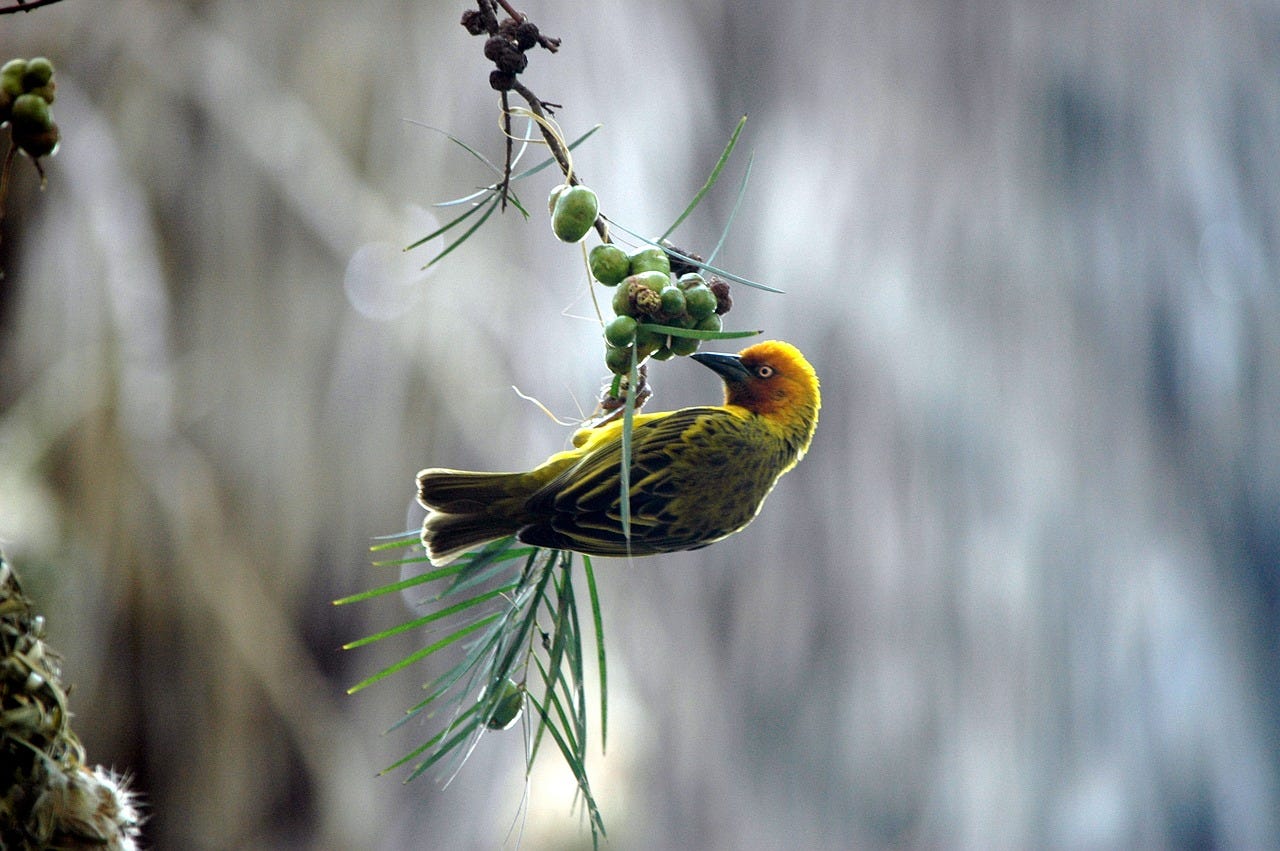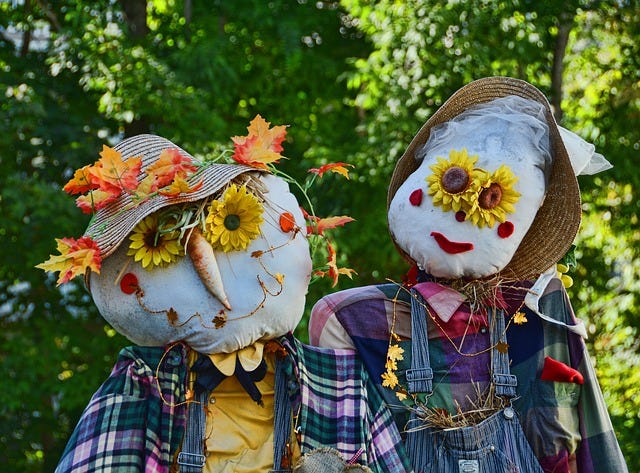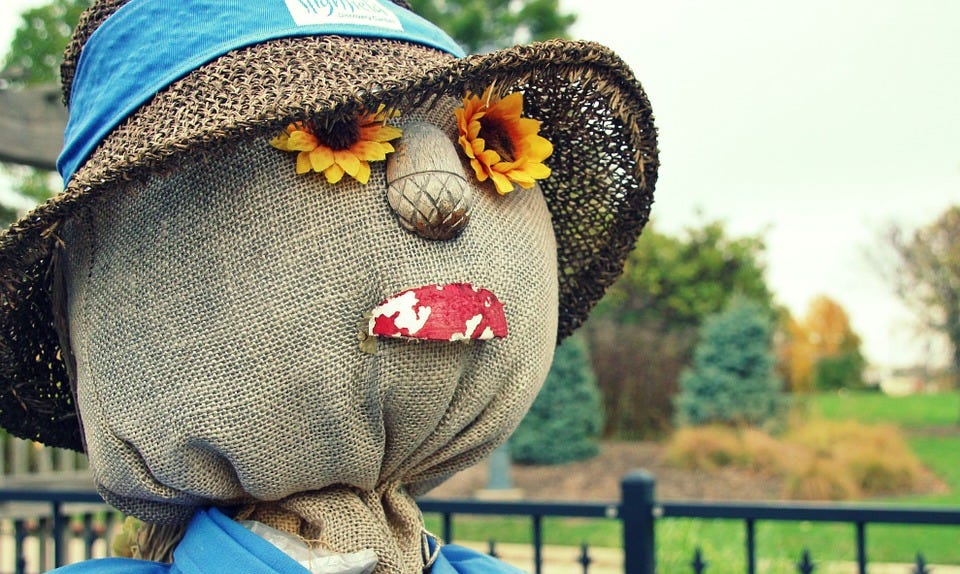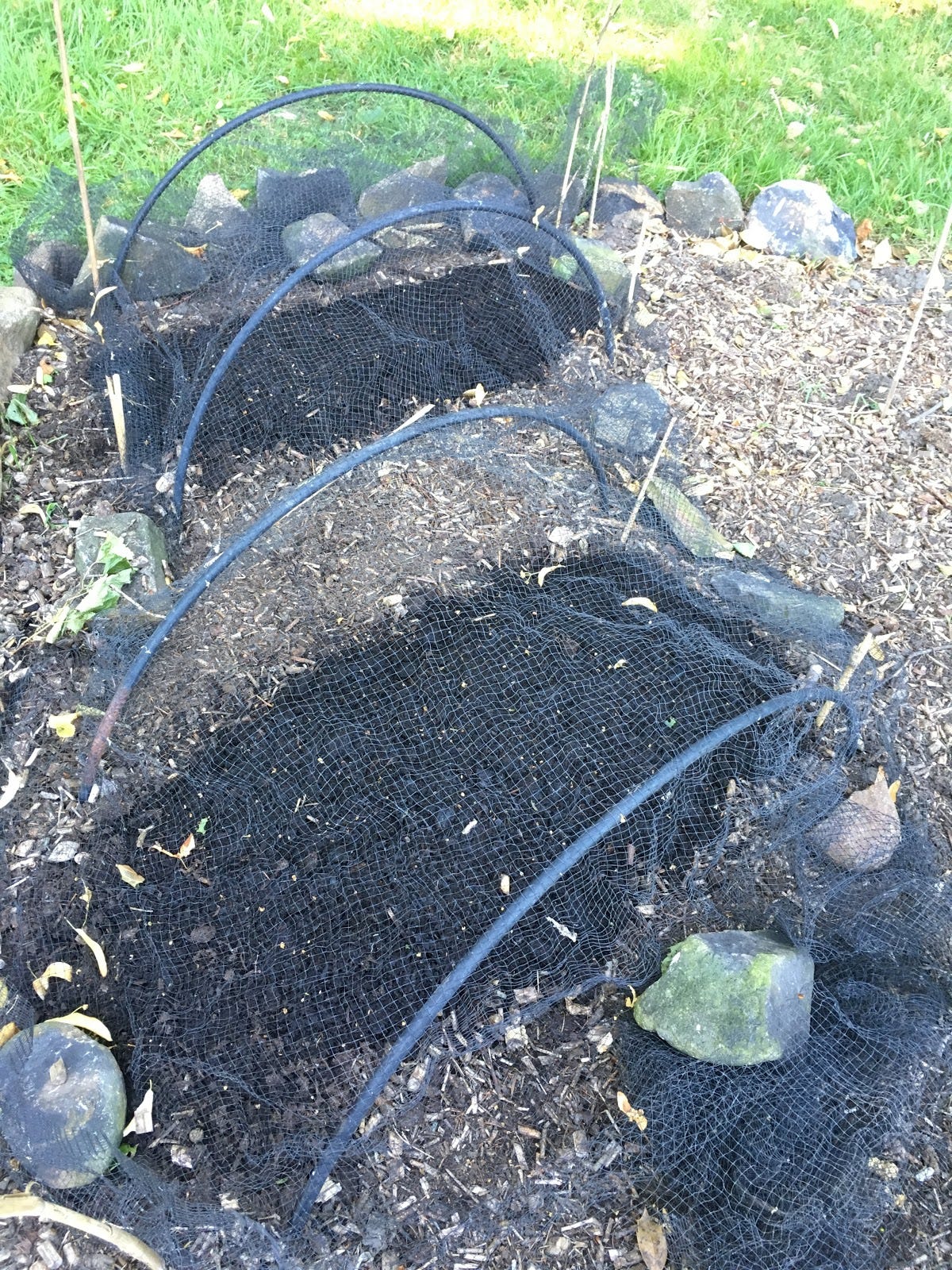Crop Nibblers Part Two — This Time it’s the Birds!
Crop Nibblers Part Two — This Time it’s the Birds!


By Alice Ambler of the James Hutton Institute
Human animals aren’t the only creatures that like sampling your crops. In part two of this short series, we’re focusing on the pests that swoop and swoosh down into your garden on raids — our feathered friends the birds. Part one is
Birds can be highly beneficial to your garden. They eat other pests (such as caterpillars), eat your rotting berries, and can be delightful to see and hear. However, many birds also love to cause havoc in your growing space.They may eat your newly planted seeds, eat your seedlings, and even eat your fruit! During the GROW Living Soils experiment, all of Dr. Naomi van der Velden’s spinach and radish seedlings were dug up by her neighbour’s roaming hens on multiple occasions. My own radishes were pulled up by wood pigeons, and just left on the soil surface — they didn’t even eat them!

When it comes to controlling birds, timing is key. You don’t want them to decide that your garden is full of tasty snacks. You need to prepare your equipment before your crops become desirable to birds. And you will most likely have to use more than one deterrent. Keeping birds away is a challenge, so a mixed approach is probably best.
Feed the birds — close by
If you wish to keep the birds away from your crops, but still attract them to your garden to deal with pests, how about providing an alternate food source? This could be an attractive berry bush (mulberries, wild cherries, etc.) or a bird feeder. If you are using berry bushes, ensure their fruiting time is in line with the timings when they would usually be eating your crops. If you are using a bird feeder, make sure it never goes empty, or those birds you have attracted may go for your crops.
There is a theory that when birds go after your fruit, they may just be thirsty, as berries have a high water content. Try installing a bird bath too, so if water is what they really want, they should leave your berries alone.
Scare the birds — in a variety of changing ways
Similar to cats, birds are scared of various moving objects, especially shiny ones. There are so many different approaches you can take for this, so I shall just list a few.


Old CDs: String up your old CDs around the patches of your garden that you need to protect. Birds dislike reflection and movement, so ensuring you have dangling shiny objects will make them less likely to go near your beloved crops. Other shiny things such as tin foil also work — just make sure they move in the wind!
Children’s windmills: These are similar to old cds, and tin foil, however, they also make noise! Birds in particular dislike the noise and the movement.
Bright and reflective ribbon: String up ribbon from pole to pole in your garden. You could do this around your vegetable plot. If it is sunny and windy, the ribbon will create noise and flash in the sun’s reflection discouraging birds with with both sight and sound. String the ribbon at varying heights on the pole — almost at ground level — and this may also function as a tripwire for the birds.
Scarecrows and balloons: The clue is in the name here. Scarecrows are traditional, and depending on your views and your your own dressing style for them, dressing sense for them, they can make a pleasing addition to your garden. For maximum effect, try to ensure that part(s) of your scarecrow moves (e.g. a scarf that blows in the wind). Try purchasing a “scare-eye balloon” — these balloons are large, and have a large eye to trick the birds into thinking it is a predator. If you want to make it even scarier, try dangling strips or reflective ribbon from them. You can also string up outlines of birds of prey between trees or poles in your garden to deter lower-flying small birds and rabbits.
Important Note: When it comes to discouraging birds from your garden, variety is key. Whatever your tactics may be, the birds will get used to them eventually. So rotate those scare tactics, and move them around your plot every few weeks so that they don’t just become a part of the landscape.


Obstruct the birds
Remember earlier, when I mentioned Dr Naomi van der Velden’s seeds? Her successful solution was obstruction. Obstructions are the most effective way of keeping birds away from your crops. However, this is a method that focuses on targeting individual crops. For plot wide success, you may still need a mixed approach.
Netting: If you have have a specific plant you wish to protect, you could cover your beds with netting, especially at the beginning when your crops are young and vulnerable. After Naomi’s plots were destroyed three times, she finally used this approach, and it was successful! You can also place netting over your valuable berry bushes.
Important Note: Check netted areas daily in case birds, frogs or other animals become trapped.
Other barriers: Make use of old household objects. Try using disposable cups or plastic bottles, with the bottoms cut out, placed over your valued seedlings. Create trip wires out of fishing lines around your seed beds.


